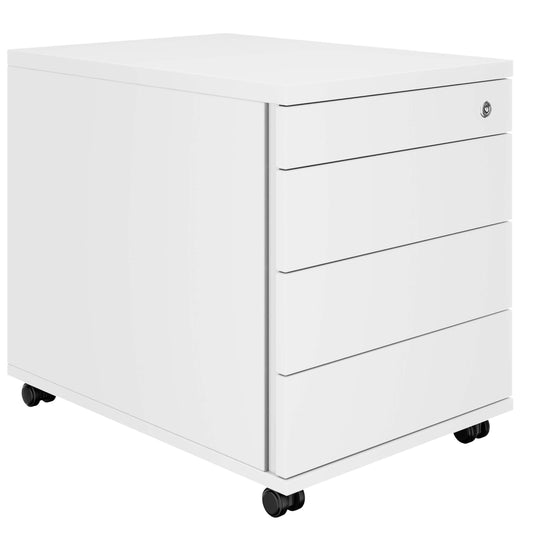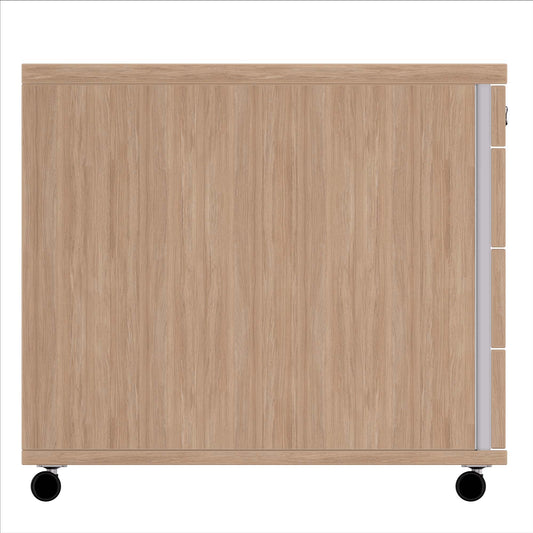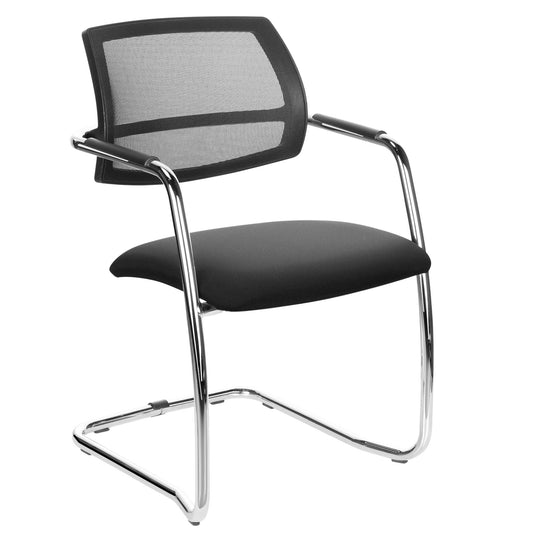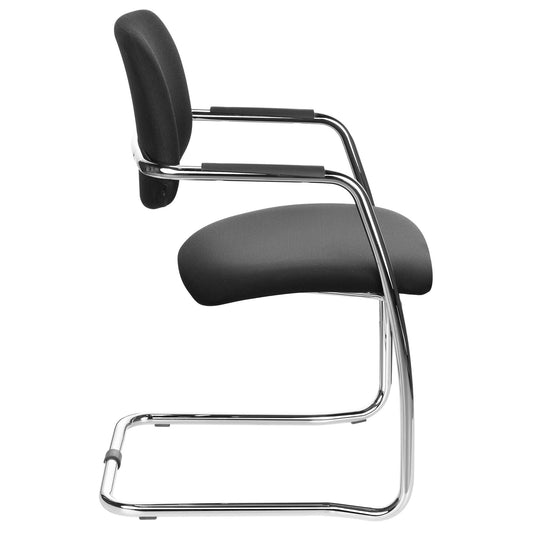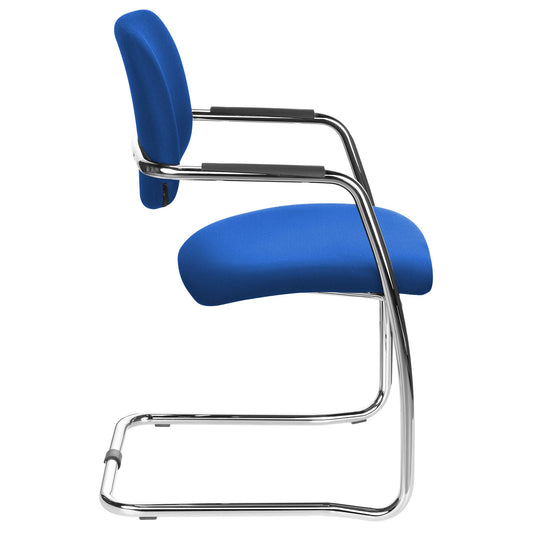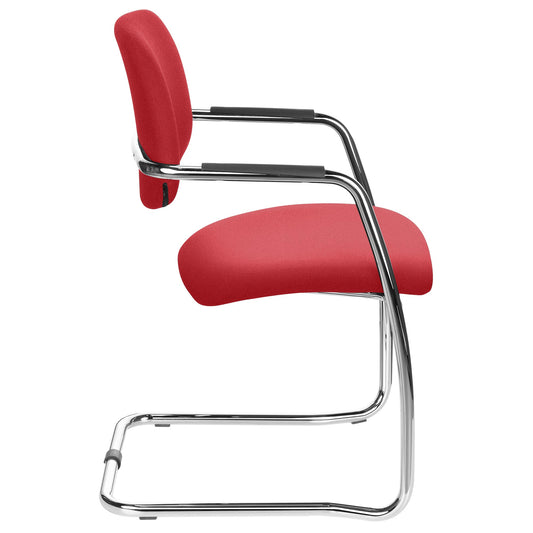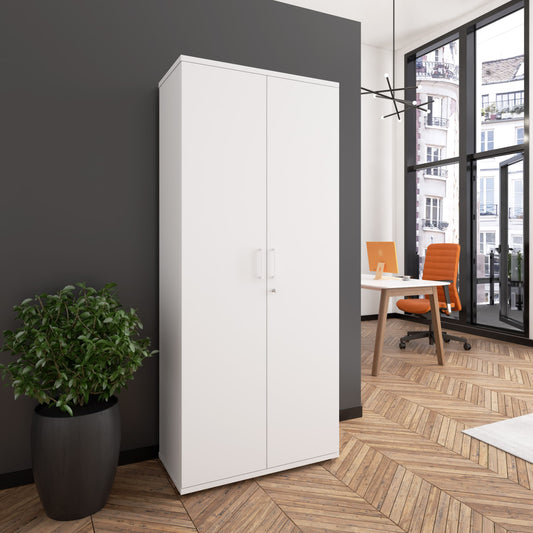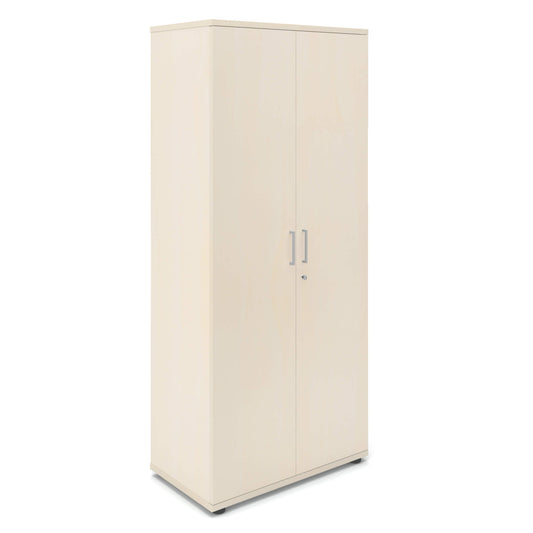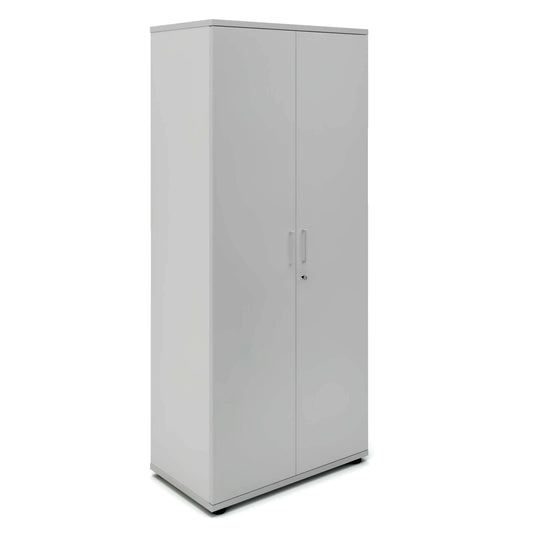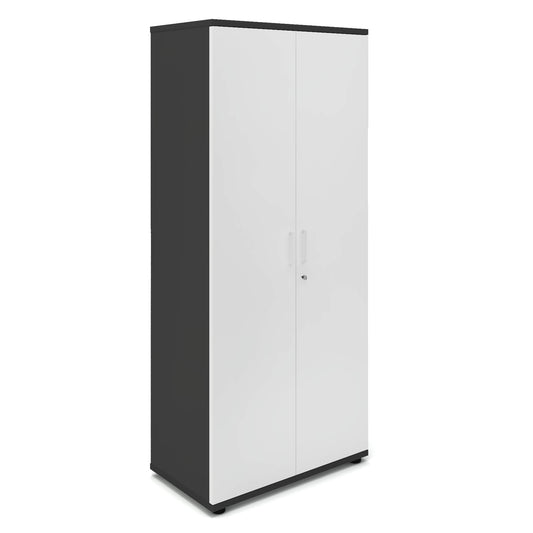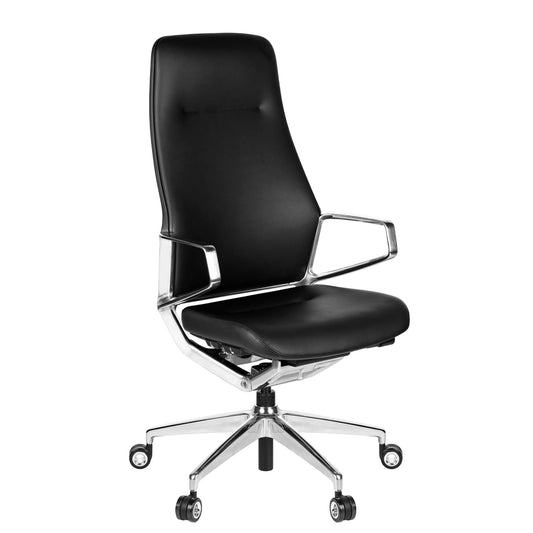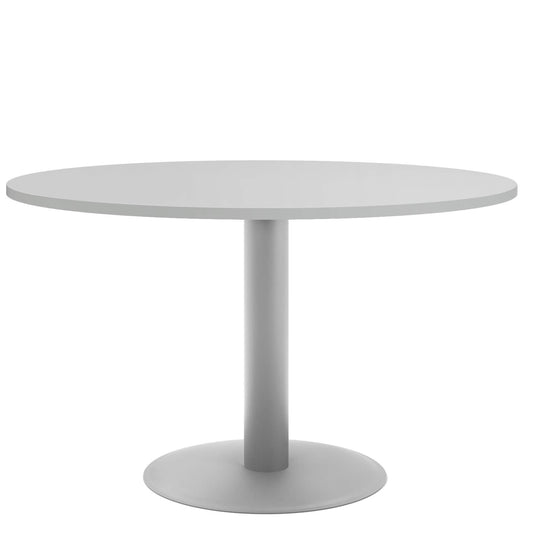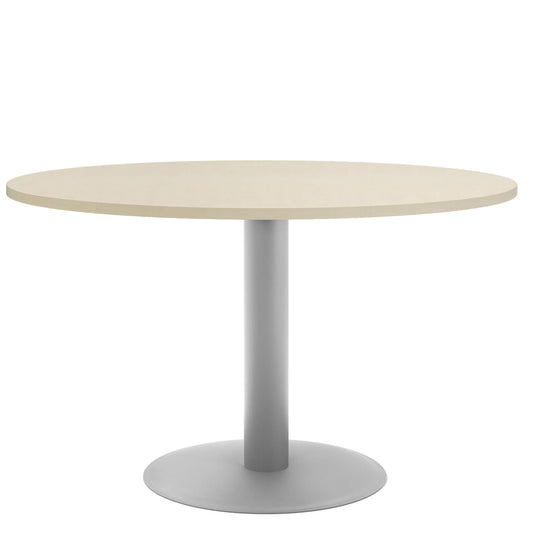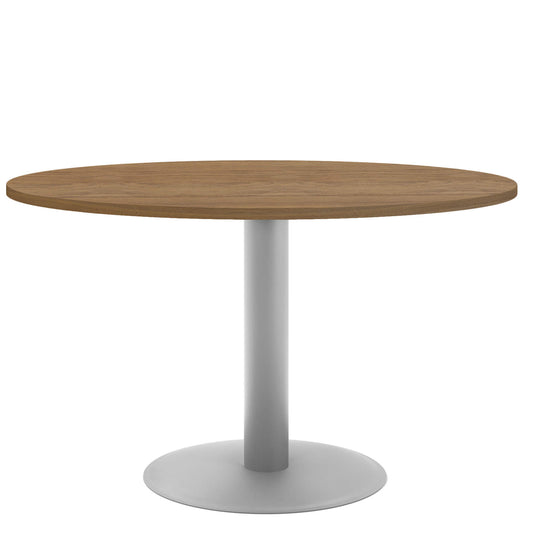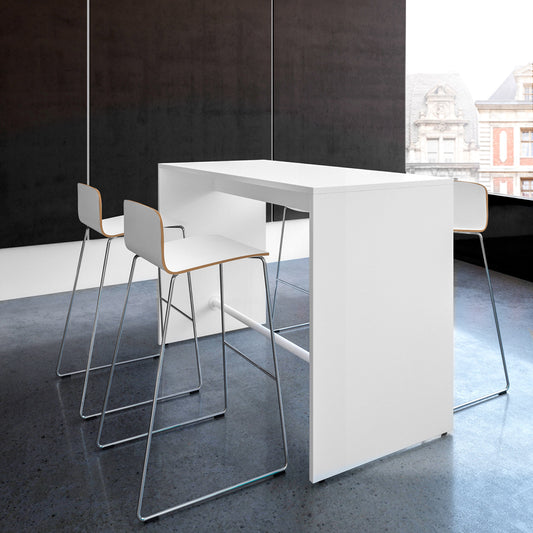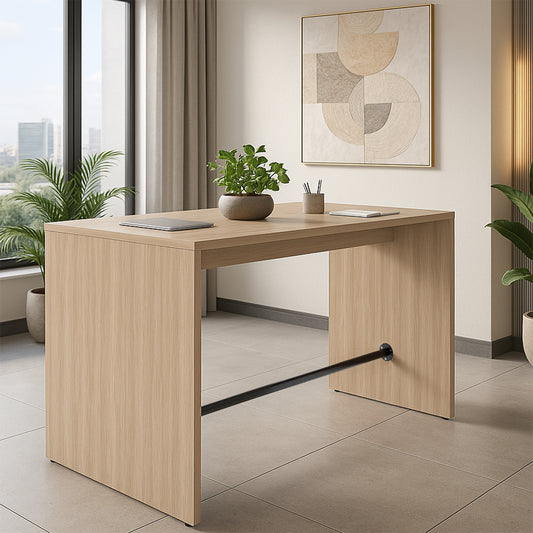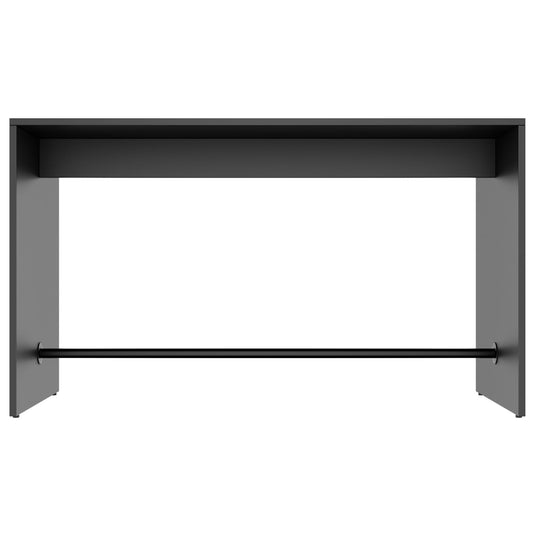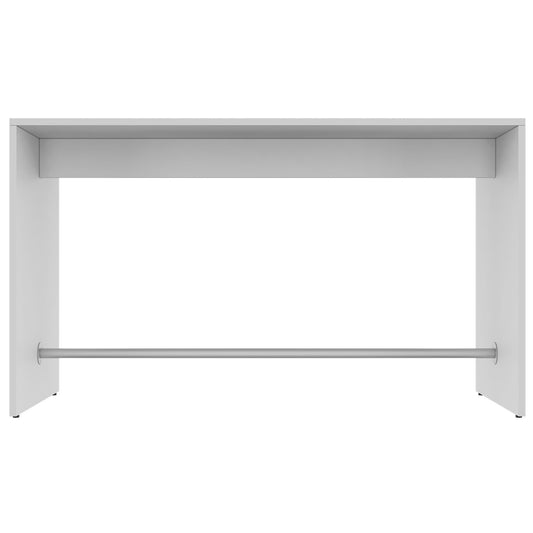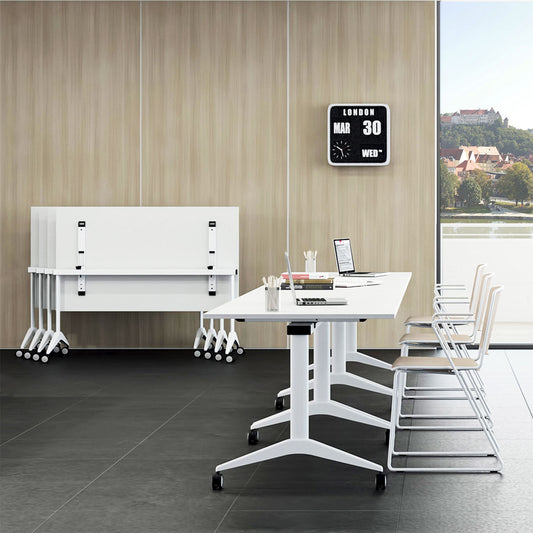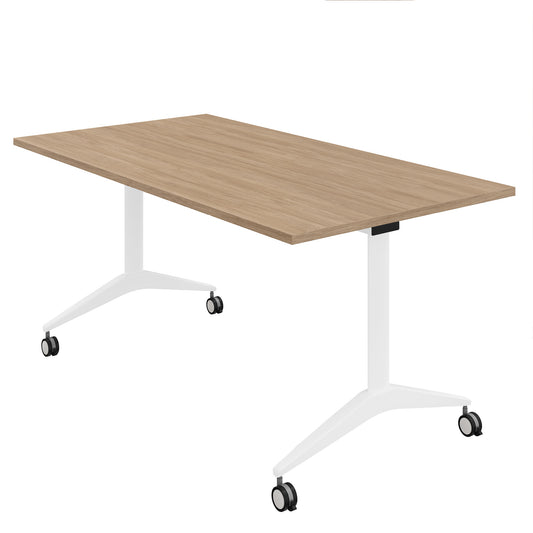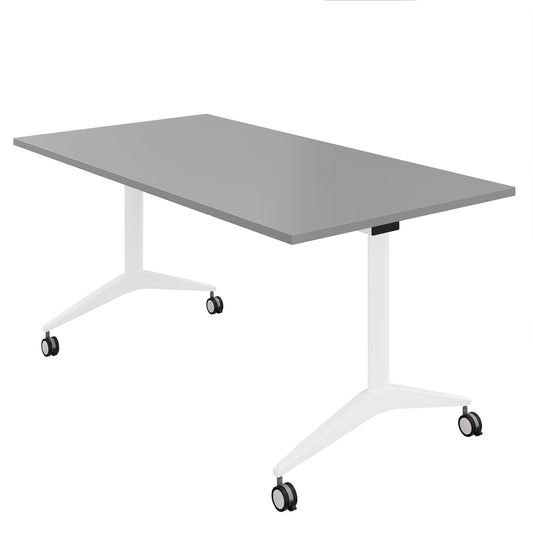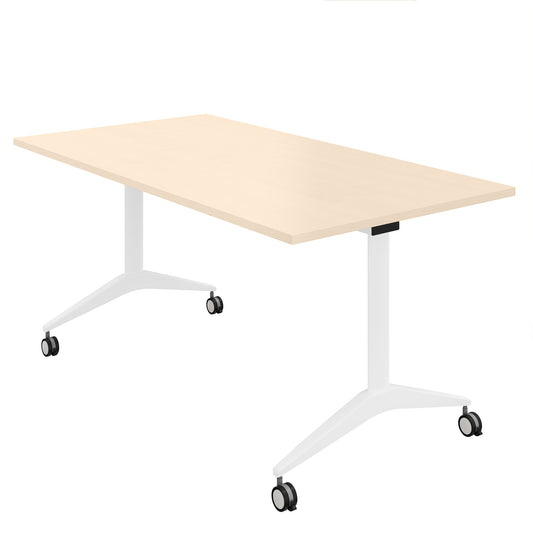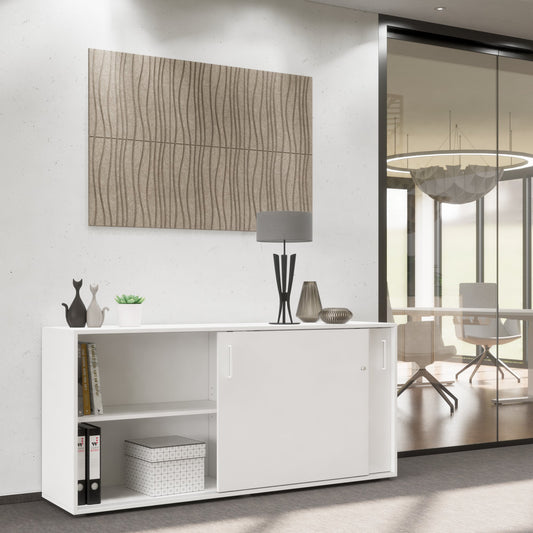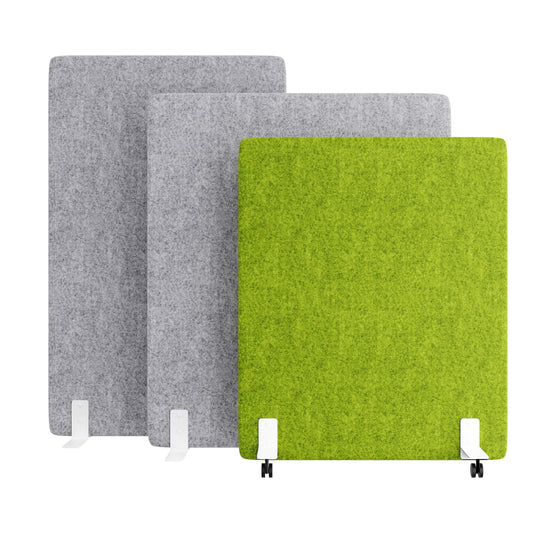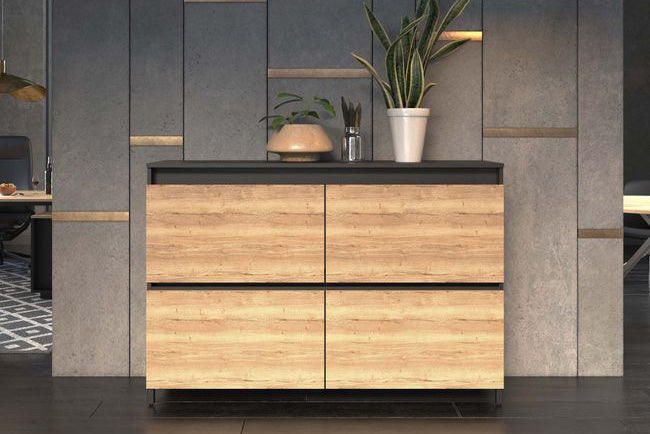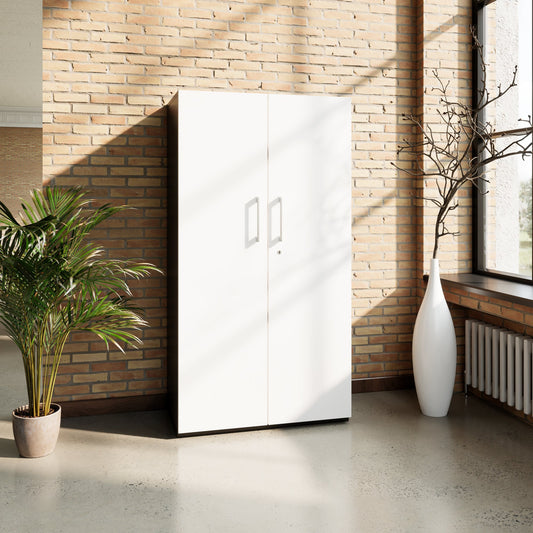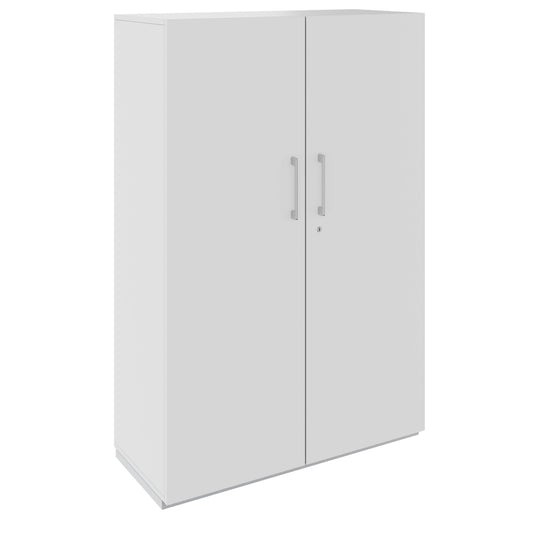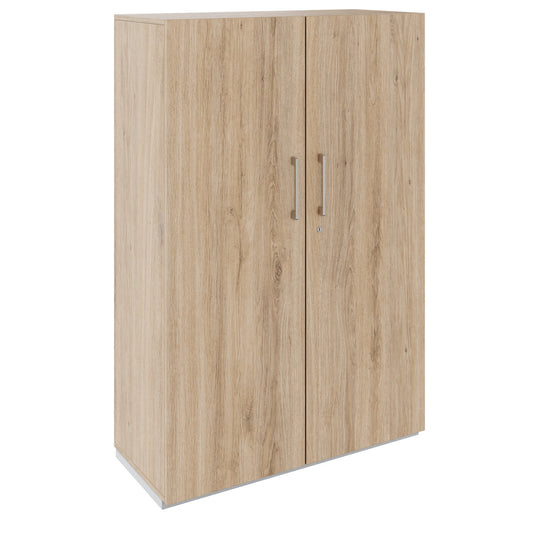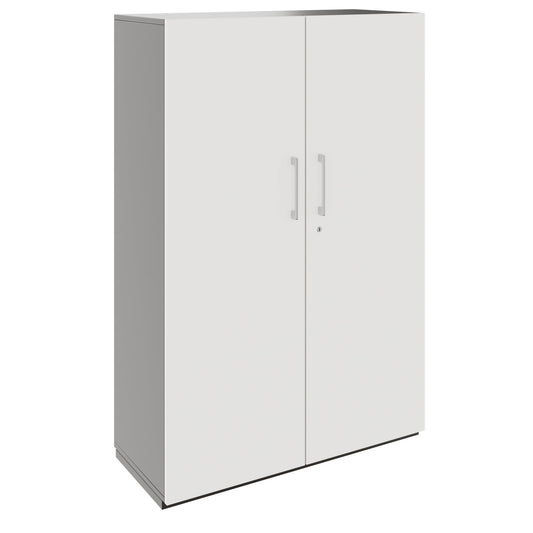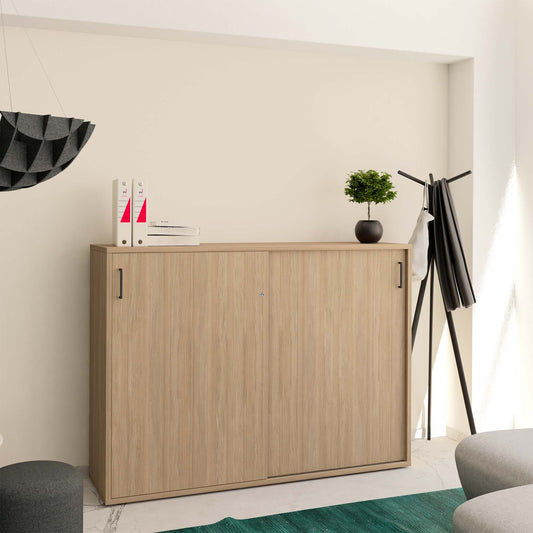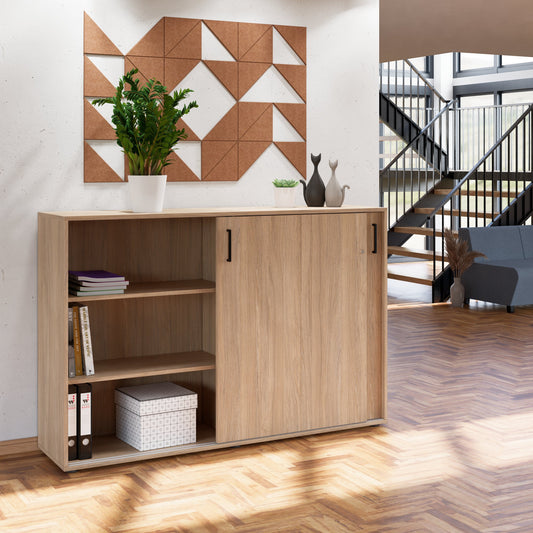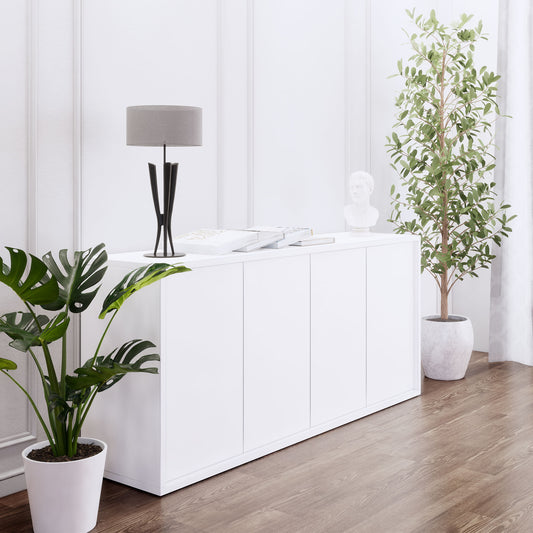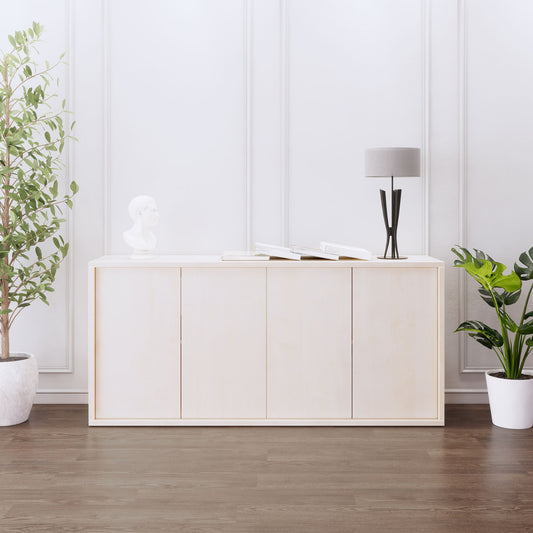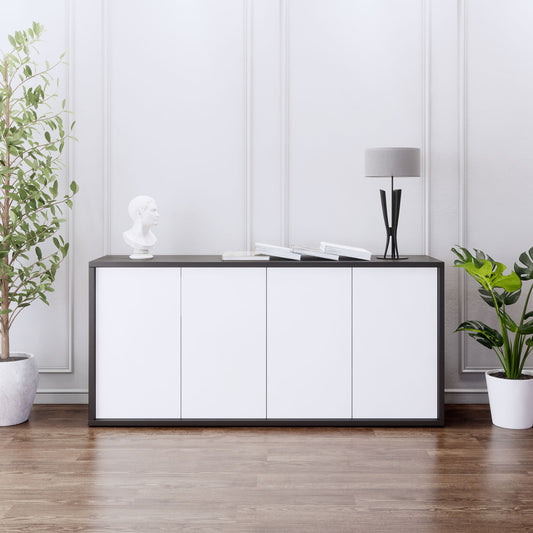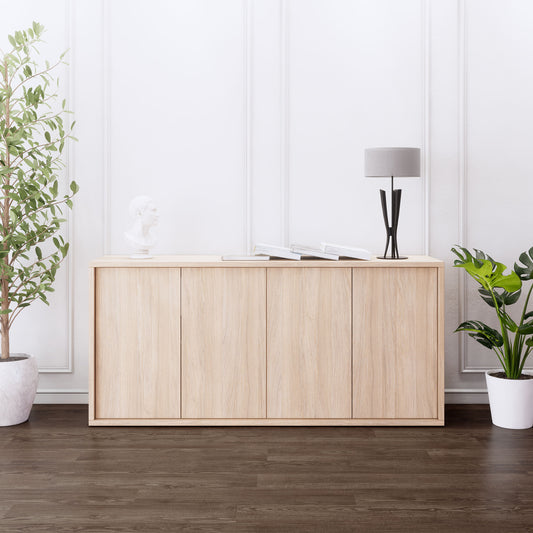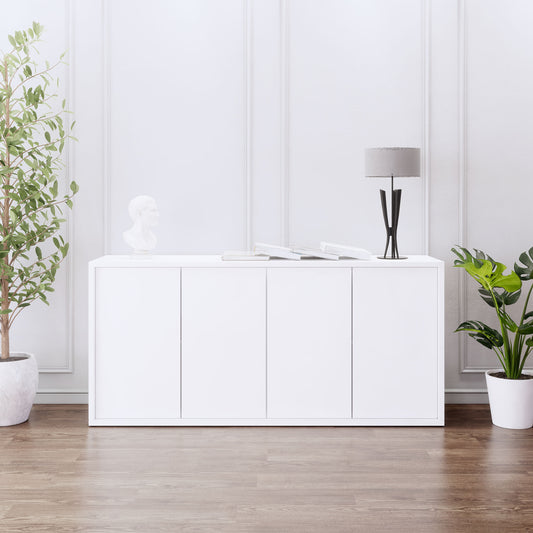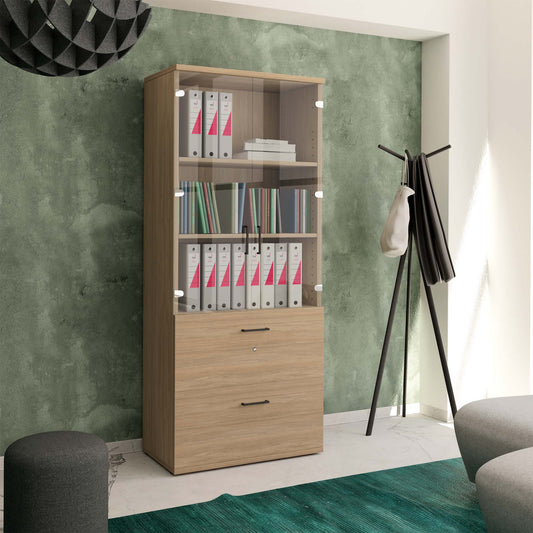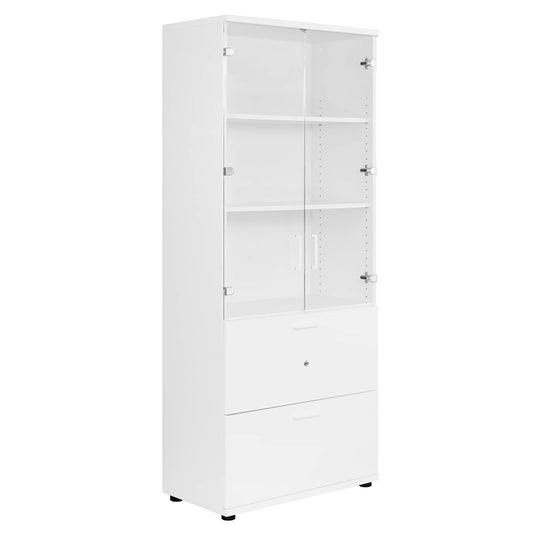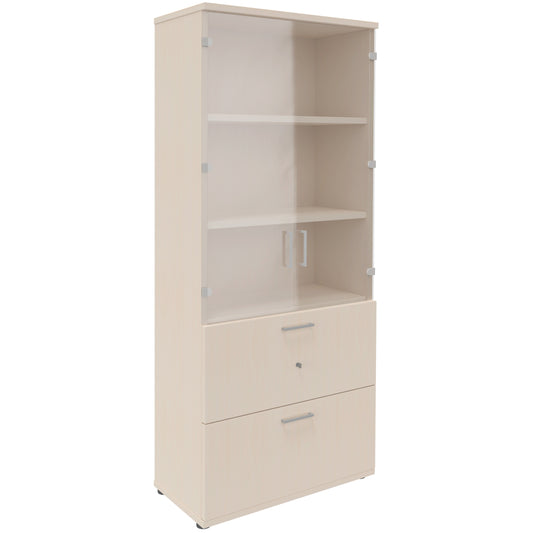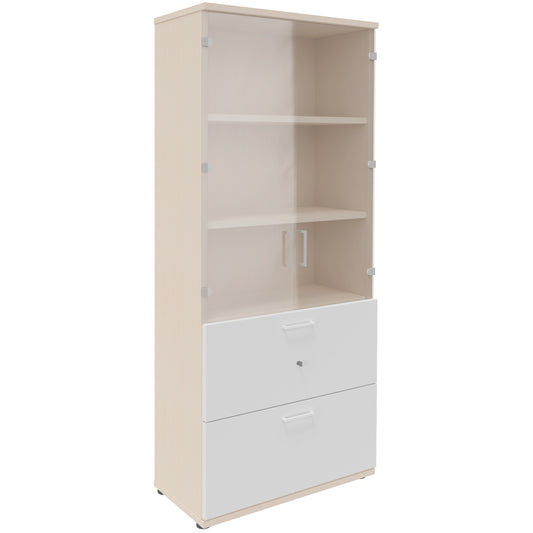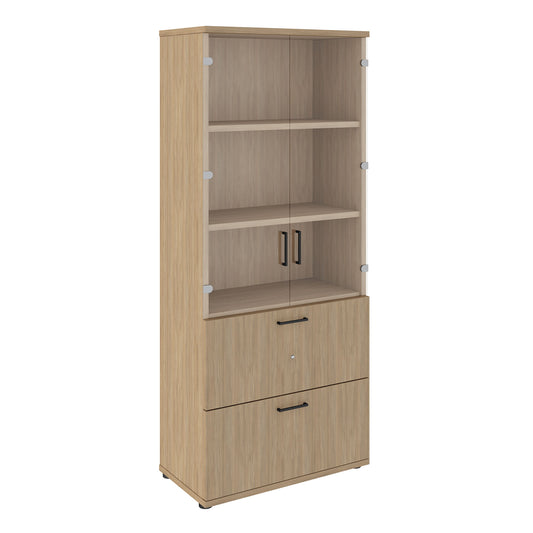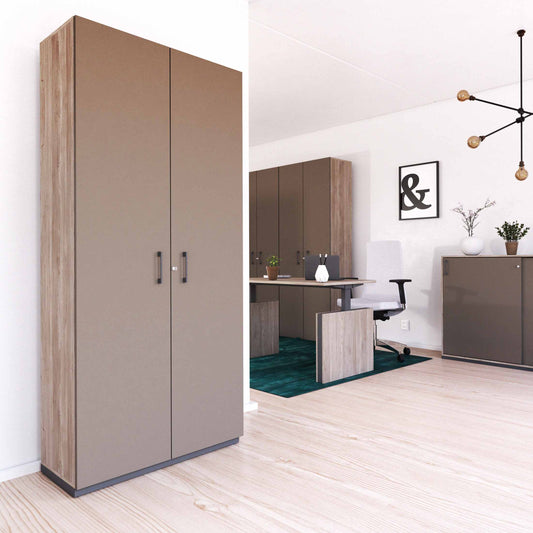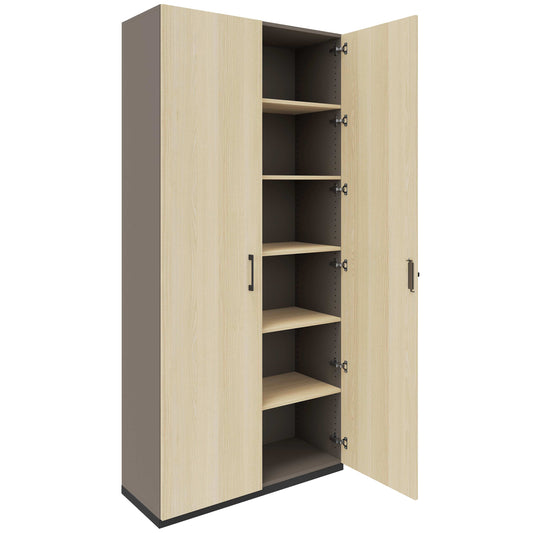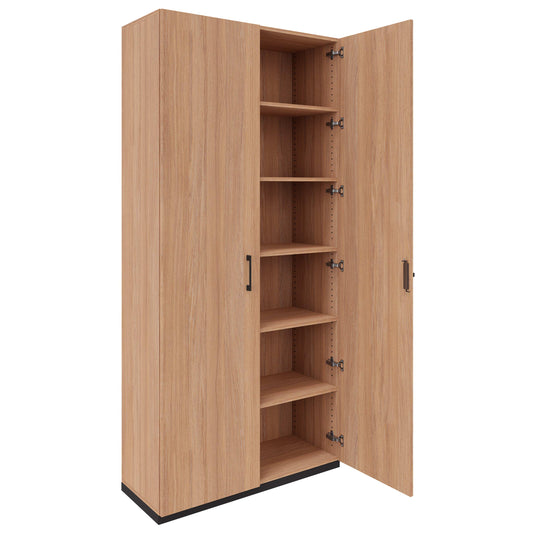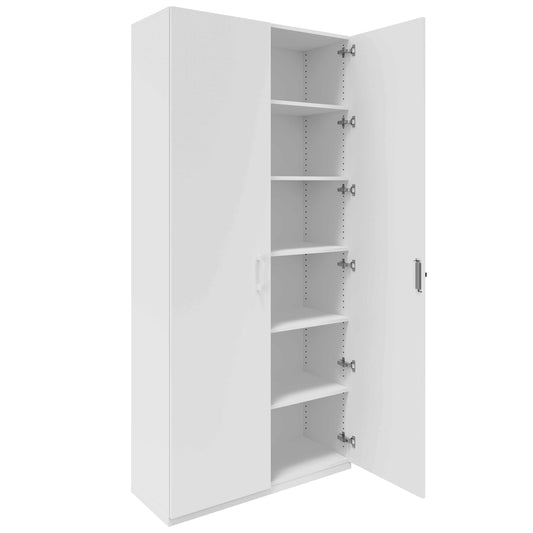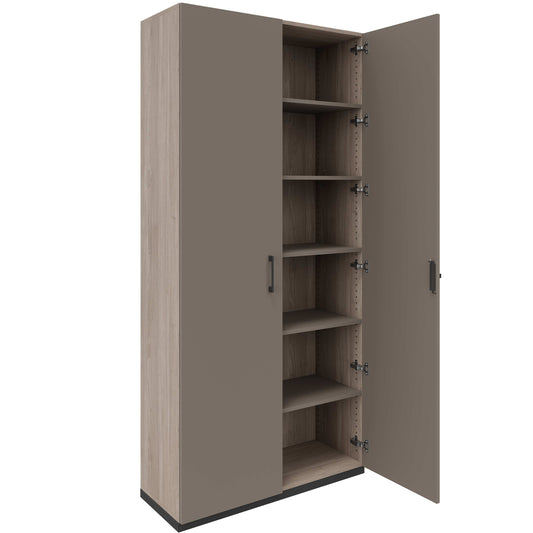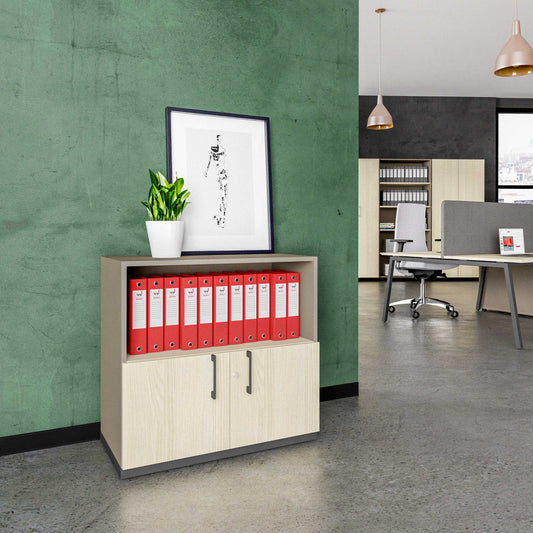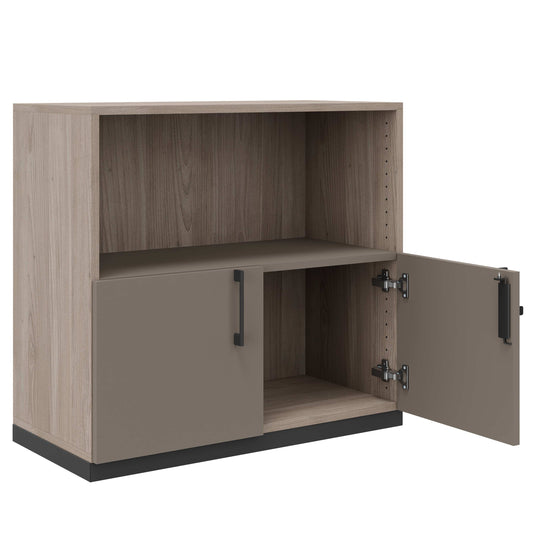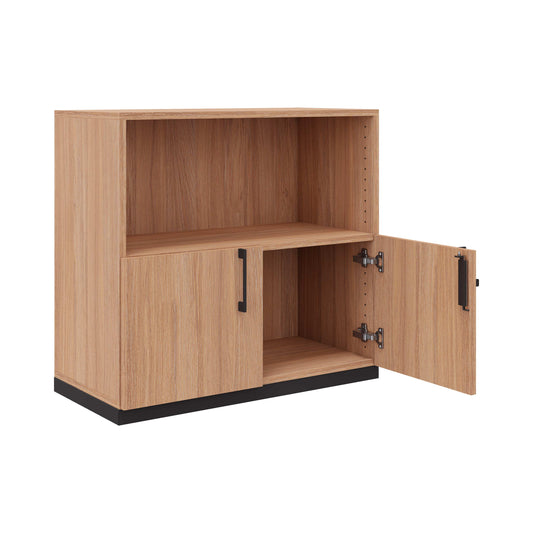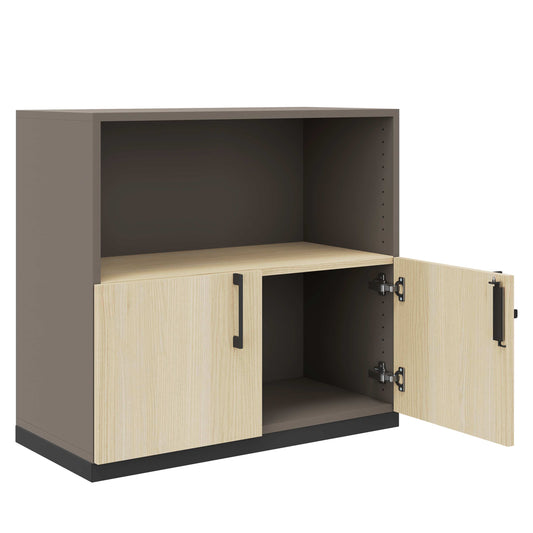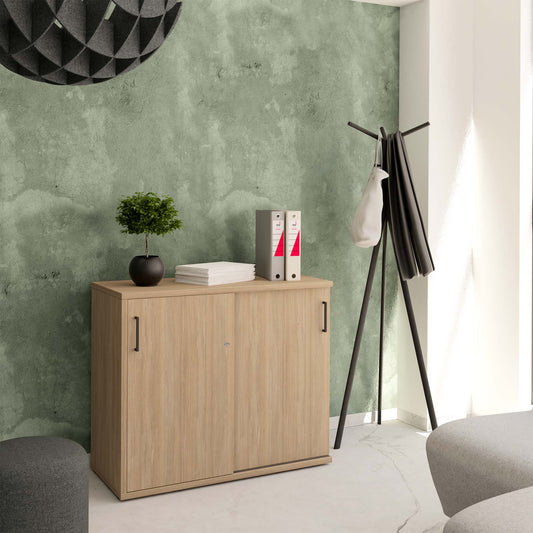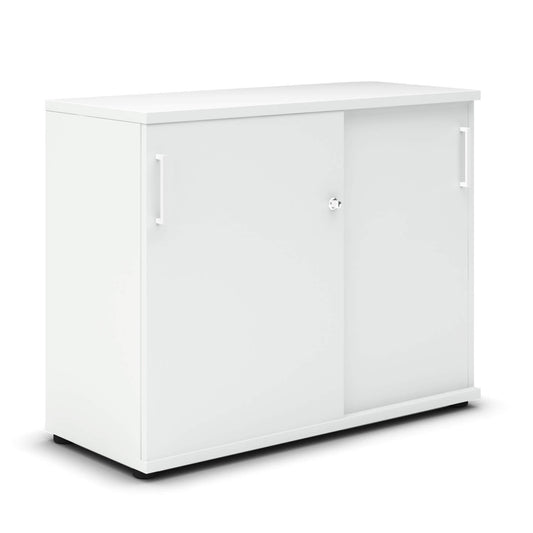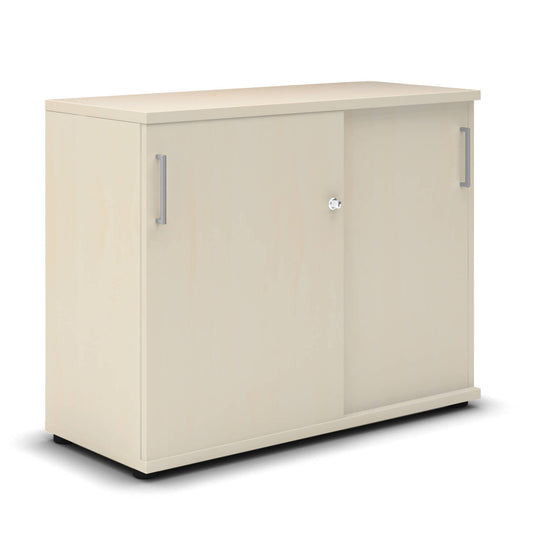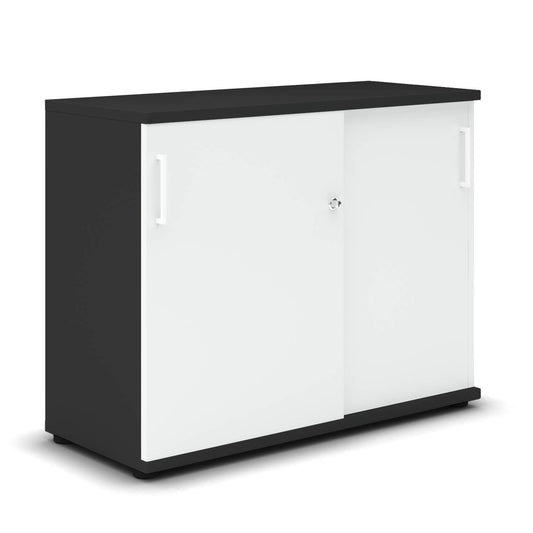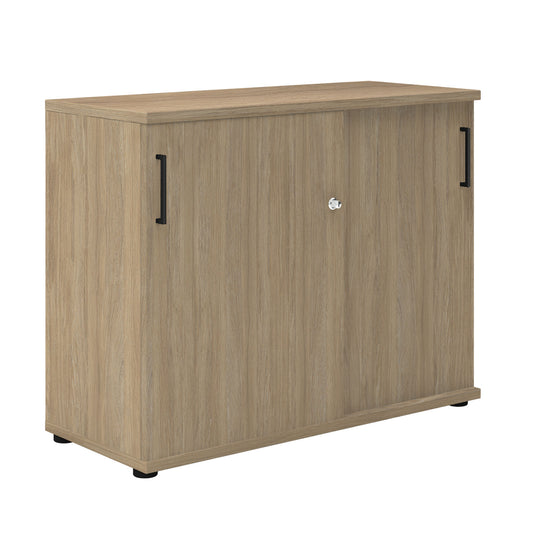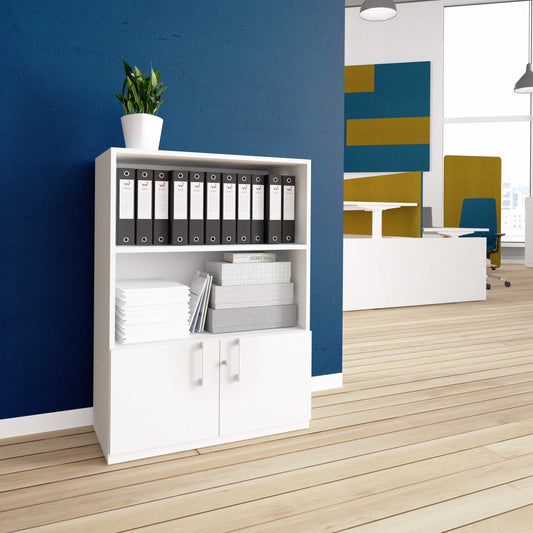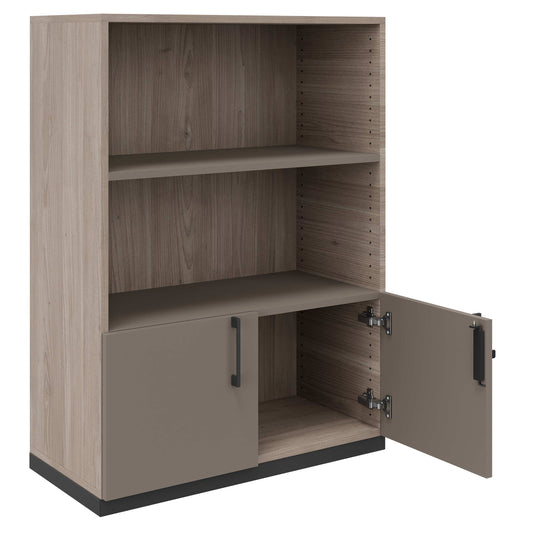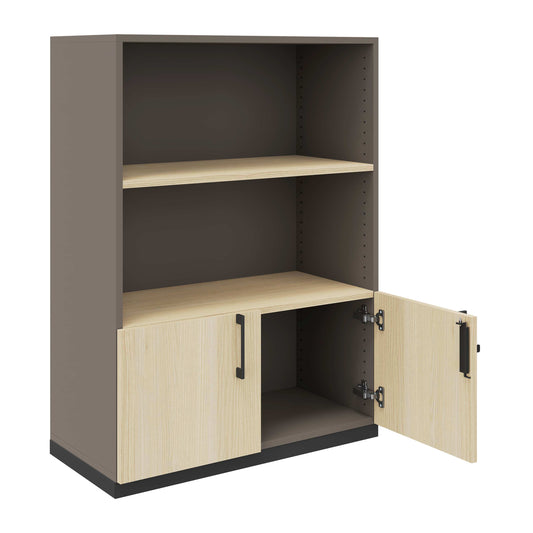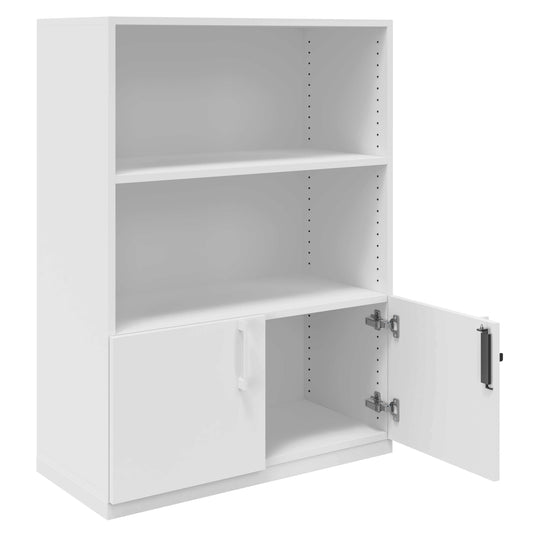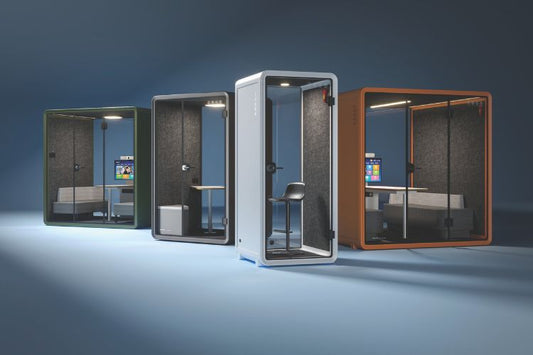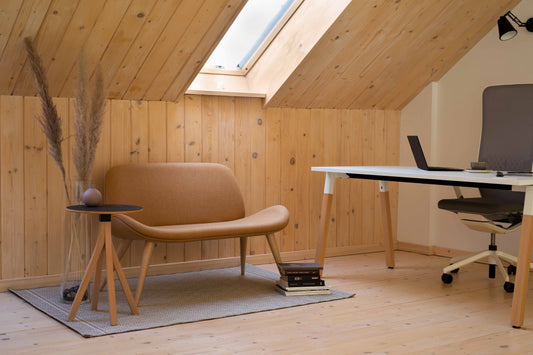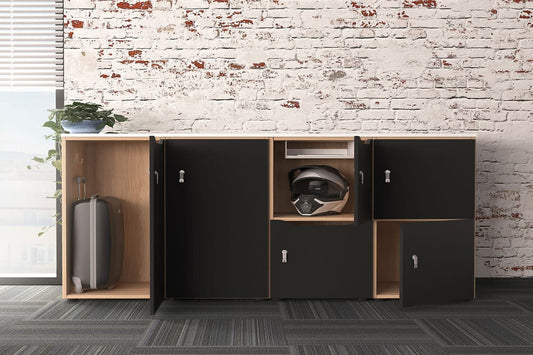What are wood material panels?
Wood material panels are the secret weapon of the furniture industry. Although solid wood captivates with its natural beauty, it can also change the shape when it comes to moisture. Wood material panels such as chipboard, on the other hand, also remain stable under adverse conditions. Therefore, they are often in the manufacture of Restrict, Shelves, tables and other pieces of furniture used in which shape stability and durability are decisive.
The secret of the wood materials? Either strong fracture and a high proportion of glued or a clever layer and cross glue that keeps consumption and source forces in check. The production of fiber plates always follows a similar process: First, coarse or fine chips from wood residues, waste wood, construction or residual wood and non-usable forest wood are dried to a very low residual moisture of up to 2 %. Then these chips are mixed with binders and/or glue and pressed up under high pressure and temperatures up to 250 ° C. In summary, it is understood by wood material plates All plates consist of crushed wood and binders. However, there is no sharp delimitation of the term.
If you want to typify wood -based material panels, they can be divided into different categories. The most important include veneer materials, wood fiber materials, wood chip materials and composite materials:
- Veneer materials are based on thin peeling of needle and deciduous trees and are often used for furniture, interior fittings, in stairs, integration cables or in transporter loading room floors. Examples are veneer layer plates, veneer plywood and bending wood.
- Wood fiber materials consist of fibers of wood waste and fiber -containing plants such as rapeseed and flax. These materials are often used for kitchen furniture, doors and laminate. Examples are MDF panels (medium-density fiber panels), ULDF panels (ultra-light fiber panels) and HDF panels (high-density fiber plates).
- Wood chip materials consist of wood chips, synthetic resin glue and additive. They are produced under pressure and heat from full and sawdown of leaves and conifers and are the most frequently used panels in the furniture and construction industry. You are used in furniture, interior design, for packaging, boxes and in exhibition construction. Examples are chipboard, OSB panels (coarse chipboard) and chip strip.
- Composite materials are a combination of wooden elements and other materials such as plaster, concrete, paper or plastics. The type of combination can vary greatly. Examples are Wood Plastic Composites (WPC), linoleum and lightweight buildings (paper honeycomb panels).
In this article we want to focus on the most important wood materials in the office furniture industry from our point of view: chipboard, MDF, HDF and multiplex.
Spanning slabs, MDF and Co. In comparison
Each material brings its own Strengths and weaknesses With itself, which is why the choice of the right material is crucial for your office furnishings. So let's take a look at how the wood materials differ with regard to their properties, applications, etc. This gives you a comprehensive overview and can then make a well -founded decision for your individual needs. Whether stability, aesthetics or costs - here you can find out which wood material fits best with your requirements.
1. Spanning slabs
Spanboards are the underestimated heroes of the wood materials and far better than their reputation. In chipboard, many still think of harmful evaporation and less sustainable production methods - the modern chipboard contains only minimal formaldehyde, namely even less than an apple. A lot has happened in terms of environmental friendliness, because today up to 80 % of a tree can be used and thus more than with solid wood. The advantages of chipboard are obvious: they are light and thinwhat makes them ideal for wall cupboards, blinds and graceful fronts. In addition, the panels that are pressed into shape from glued wood chips are pressed under pressure, inexpensive, which is why they are very popular in the furniture industry. In the furniture industry there are chipboard with Decorative coating The standard. These plates, mostly coated with melamine resin, have the advantage that they are available in many different decors and thus ideally adapted to your office furnishings. A small disadvantage is the nature of the edges, because since the surfaces are pressed thicker than the core, gross and uncolored edges often arise. The solution: melamine or more robust ABS.
2. MDF
MDF (Density Fiberboard medium) stands for medium -density fiber panels. Made from fine wood fibers, which are mixed with adhesive and pressed under pressure and heat into plates, they offer high density and homogeneity. These properties give MDF plates an impressive Load capacity, stability as well as breaking and bending strengthwhat makes you ideal for table tops, large wardrobe doors and shelves. Other areas of application include the interior and roof expansion, carrier panels for laminate, the construction of speaker boxes and door and shopping. Thanks to their smooth surface, MDF panels are easy paint, coat and veneer - which offers a wide range of possible uses. Before painting, however, the edges must be sealed and sanded smoothly. Another plus point is that MDF panels do not splinter and enable clean cut edges when sawing. Although MDF is cheaper than solid wood, it offers similar aesthetics and functionality. There are also special variants such as flame-retardant or bending MDF panels that expand the application spectrum.
3. HDF
High -compressed fiber plates, also known as HDF (High Density Fiberboard), are extremely resilient and solid wood materials that are used in numerous areas, for example in the automotive industry, in trade fair construction and in the packaging industry. They are produced by the chopping of wood using hot steam and then pressing pressing in the wet process. This creates a plate that is due to its High density and strength distinguishes, although it is often thinner than an MDF plate. In addition, the material is extremely Form -stable and robust. These properties make HDF particularly suitable for under -deck plates for roof coverings and in furniture construction, where it is used, for example, as a drawer floor, back wall of cupboards and partitions.
4. Multiplex
Multiplex is plywood and mostly consists of birch, spruce, maple or beech. In manufacture, the veneer layers with waterproof glue are pressed together under high pressure. The difference to normal plywood panels lies in the thickness and the number of layers. Because Multiplex consists of at least five cross -cruciform -glued wooden veneer layers and is therefore at least 12 mm thick. The staggered structure of wood veneer layers gives the material an extraordinary Stability and shape resistancethat is superior to the solid wood. For example, changes due to moisture can be largely prevented. In terms of price, multiplex is also as cost -intensive as solid wood. The panels are used in particular for shelves, tables and cupboards that have a high resilience require.
Summary
You no longer see the forest for the trees? Then we have a compact overview of the different wood materials for you here:
-
Chipboard
- Production: glued wood chips pressed under pressure and heat
- Properties: light, thin, inexpensive
- Application: wall cabinets, blinds, graceful fronts
- Environmental friendliness: high resource use, since up to 80% of a tree used & little formaldehyde
- Cost: Very inexpensive
-
MDF
- Production: glued wood fibers under pressure and heat pressed
- Properties: stable, smooth surface & splintered not
- Application: table tops, wardrobe doors, shelves, interior design, roof expansion
- Environmental friendliness: resource -efficient, since residual wood and waste made & sustainable production
- Costs: inexpensive, but more expensive than chipboard
-
HDF
- Production: wood fibers under hot steam pressed in the wet process
- Properties: extremely resilient, high strength, form stable
- Application: automotive industry, trade fair construction, packaging industry, drawer bode
- Environmental friendliness: resource -efficient, since remaining wood and waste made & durable
- Costs: more expensive than MDF and chipboard, but cheaper than solid wood
-
Multiplex
- Production: at least Five cross -class glues veneer, pressed under pressure with waterproof glue
- Properties: stable and stable
- Application: shelves, tables, cabinet
- Environmental friendliness: Several layers of wood uses & made of rapidly renewable wood
- Costs: As cost -intensive as solid wood
Done! You bravely struck yourself through the jungle of the wood -based material panels and are now well prepared for the choice of your new desk or file cabinet. And if you still have any questions - please feel free to come to us!
